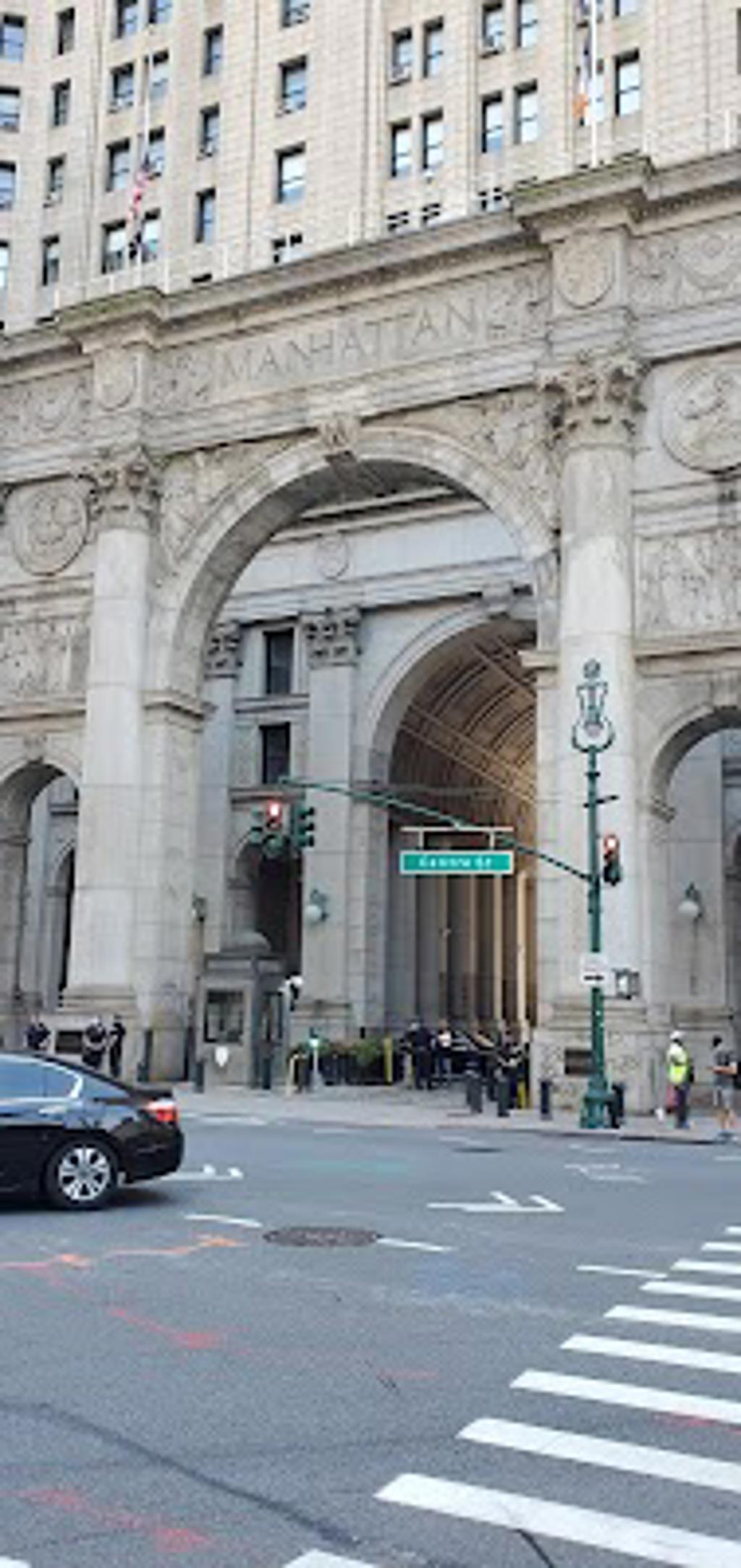About Remains of Early New York
The cobblestones beneath your feet whisper stories of a bygone era, remnants of early New York that have withstood the test of time. These stones, uneven and weathered, once paved the bustling streets of a burgeoning city, echoing the footsteps of merchants, traders, and immigrants who shaped the metropolis. The juxtaposition of these ancient stones against the towering skyscrapers of Lower Manhattan creates a striking visual narrative of New York’s evolution from a colonial outpost to a global hub.
Amidst the modernity of Centre Street, these cobblestones serve as a tangible link to the past, a reminder of the city’s humble beginnings. They are part of the original street grid laid out in the 17th and 18th centuries, a time when New York was still known as New Amsterdam. The preservation of these stones is a testament to the city’s commitment to honoring its history, even as it continues to grow and change.
Right Where It Began
These cobblestones mark the very ground where New York City began to take shape. In the early 1600s, Dutch settlers established New Amsterdam at the southern tip of Manhattan, laying the foundations for what would become one of the world’s most iconic cities. The stones are a reminder of the city’s origins as a trading post, strategically located for commerce and exploration. As you walk over them, imagine the bustling activity of a colonial port town, with ships arriving from across the Atlantic, bringing goods and people to this new world.
Plan your perfect trip to New York with Travo! Download now and start exploring.
Marks of Time
The wear and tear visible on these cobblestones tell a story of centuries of use. Each groove and crack is a testament to the countless carriages, horses, and pedestrians that have traversed this path. These stones have witnessed the transformation of New York from a small settlement to a thriving metropolis, surviving fires, floods, and the relentless march of progress. Their continued presence amidst the modern infrastructure of Lower Manhattan is a powerful reminder of the city’s resilience and enduring spirit.
Stories in Stone
Embedded within these cobblestones are the stories of the diverse communities that have called New York home. From the Lenape people who originally inhabited the area, to the Dutch and English settlers, to the waves of immigrants from around the world, each group has left its mark on the city’s history. The stones are silent witnesses to the cultural melting pot that New York has always been, reflecting the city’s role as a beacon of opportunity and diversity.
Details That Speak
Look closely at the cobblestones, and you’ll notice the variations in size, shape, and color, each one unique. These differences speak to the resourcefulness of early New Yorkers, who used whatever materials were available to pave their streets. The stones were often sourced from local quarries or brought over as ballast in ships, a testament to the city’s resourceful and pragmatic spirit. Their irregularity adds to their charm, a reminder of a time when the city was still finding its footing.
Living History
Today, the cobblestones of early New York serve as a living history lesson, offering a glimpse into the city’s past while remaining an integral part of its present. They are a popular spot for history enthusiasts and tourists alike, providing a tangible connection to the city’s origins. As you walk these historic streets, you are not just observing history—you are walking through it, experiencing the layers of time that have shaped New York into the vibrant city it is today.






Map loading...
Location
Centre Street, 10000, New York
